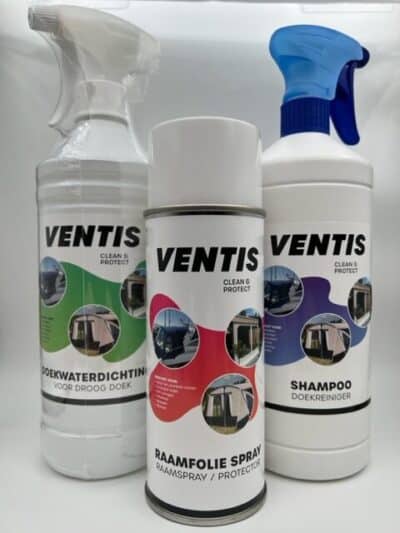Spray hood cleaning for durability and a fresh look
Your sprayhood is your boat's calling card. To extend its lifespan and maintain its appearance, it is important to regularly clean your sprayhood and provide it with a protective coating. Exposure to the elements can damage the appearance and shorten the lifespan of your sprayhood.
Thorough cleaning by ZONklaar
At ZONklaar, your sprayhood is thoroughly cleaned in a specially developed basin, in which the cloth can soak for ten to fifteen hours. This process removes even stubborn dirt. Our basin has an advanced filter and heating system to keep the ratio between water and cleaning agent optimal. We ensure that the soaking process takes place at a controlled temperature of maximum 30 °C, so that no shrinkage occurs. Stains that remain after soaking are given a post-treatment in our spray booth. The sprayhood is then dried and checked for the end result.
Back tent? No problem!
Does your sprayhood have a matching rear tent? At ZONklaar we clean both the sprayhood and the rear tent, so your boat is ready for a new sailing season.
Choose ZONklaar if you want professional cleaning and protection for your sprayhood. Contact us today for an appointment and keep your sprayhood in top condition! We are an official collection point for ZONklaar, where you can hand in your sprayhood for a complete treatment.
Tags:
Sprayhood cleaning Brabant, Professional sprayhood cleaning Gelderland, Sprayhood maintenance Kerkdriel, ZONklaar sprayhood cleaning, Boat hood cleaning Brabant, Protective coating sprayhood Gelderland, Sprayhood refresh Kerkdriel, Sprayhood maintenance boat, Cleaning rear tent Brabant, Making sprayhood waterproof Gelderland.












